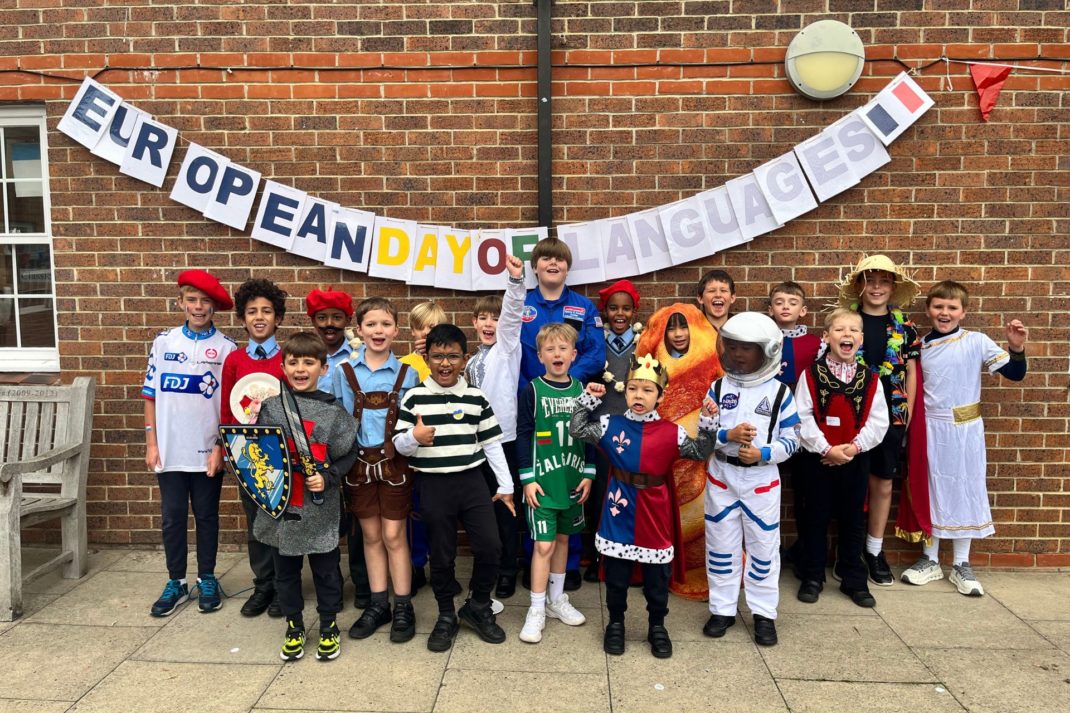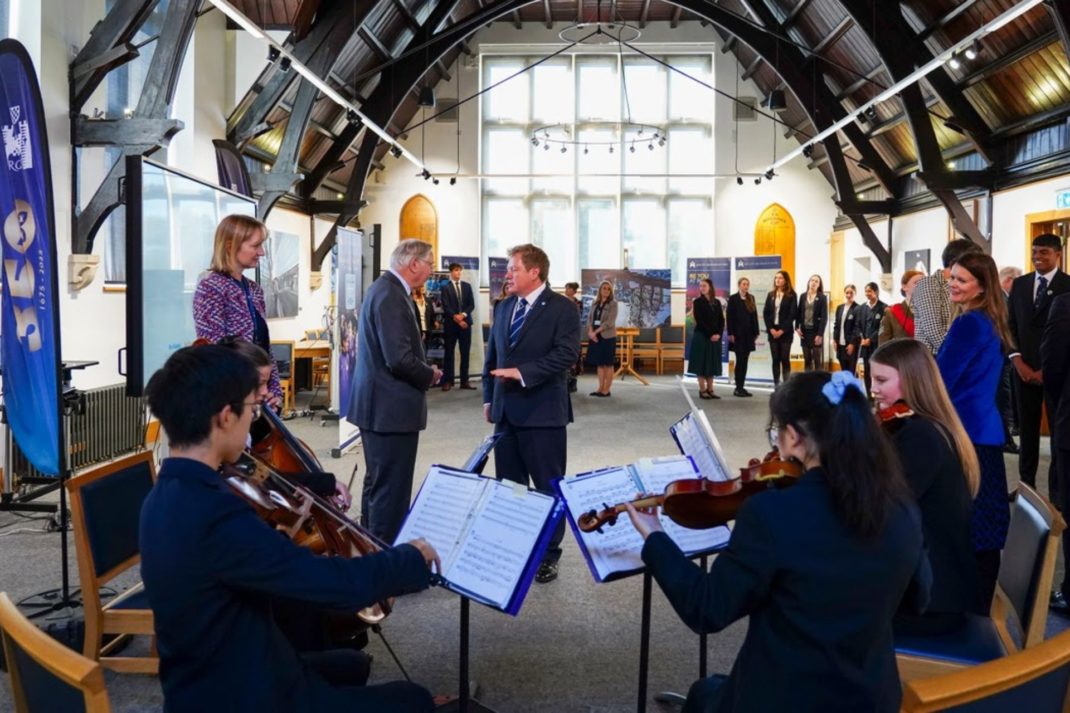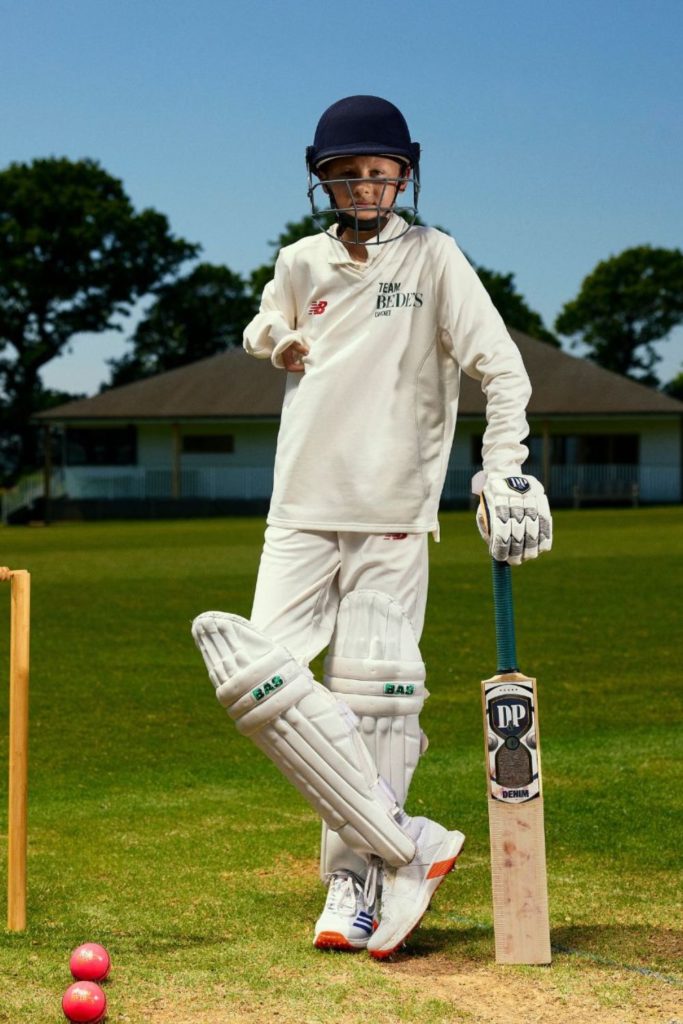Stories to Inspire Budding Young Female Adventurers
By
7 years ago
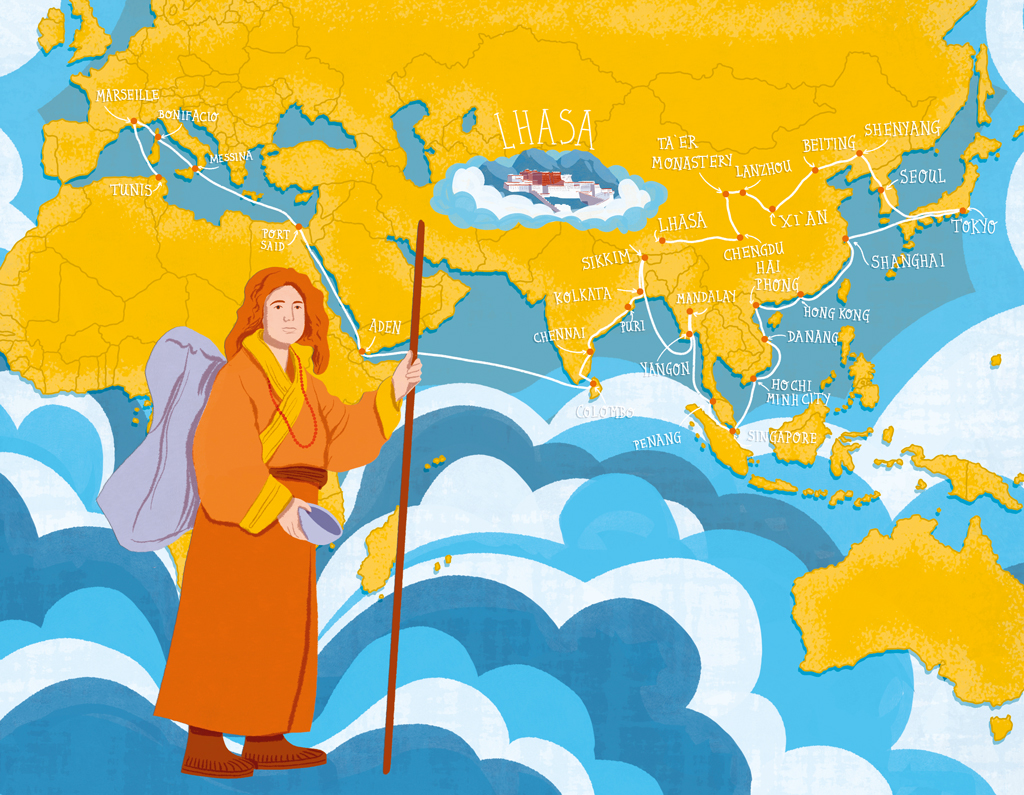
Giving historic, heroic women – who no-one else bothered to remember – the limelight they deserve
Author Ailsa Ross has dug into every nook and cranny of the world to populate her new book with women who should be famous for their daring ambitions and awesome achievements. It’s called The Woman who Rode a Shark, and she even found one of those.
These stories have gone unheard over hundreds– in some cases of thousands – of years, while the likes of Charles Darwin, Ernest Shackleton and Lawrence of Arabia have become embedded in history and culture. Giving them a voice for the first time, Ailsa and illustrator Amy Blackwell are doing the next generation of adventuring women a huge favour. We spoke to her to find out more about the book and where the author‘s journey began…
1. Was there one story which prompted you to start writing the book?
Alexandra David-Néel fascinated me as soon as I began reading her story. Born in 19th-century Paris, she began her working life as an opera singer with the Hanoi Opera Company. Then she moved into a Himalayan cave and meditated for a few years. She became the first Western women to be granted an audience with the Dalai Lama. She even snuck into the Tibetan capital of Lhasa in disguise!

Along the way, Alexandra wrote all kinds of important books on Buddhism. Those books helped bring Buddhism to the West. And they influenced famous Beat writers like Jack Kerouac.
Her books have influenced me, too. On a trip to Japan last year, I spent ten days at a temple meditating in silence. I’d never have plucked up the courage to sit cross-legged for that long without Alexandra’s story to will me along.
2. In a parallel universe, which story in the book do you think would most likely have been yours?
I love butterflies and painting, so I’d love to have been the butterfly painter Maria Sibylla Merian. She was born in Germany in 1647, and in her fifties she decided to sail to Suriname in order to paint. Trekking through the South American jungle, she saw all kinds of amazing creatures, like giant silk moths and electric blue butterflies. Maria thought Suriname must be the most beautiful place on Earth, and she painted every insect she saw.

For her important work, today Maria is recognised as the world’s first ecologist.
3. To your knowledge, have any of these women been alluded to in the history books?
There are American women like the pilot Amelia Earhart and the cabaret star Josephine Baker who are definitely well known. But there’s more to these women’s stories than we think.

For example, many of us probably have an image of Josephine on stage in pearls and a banana skirt. But how many of us know that she was also a spy for the French Resistance in World War II? Or that she was an important activist in the fight for U.S. racial equality? Those parts of her story deserve to be known, too.
4. Which woman’s story surprised you the most when you began to delve into her history further?
Aisholpan Nurgaiv’s story, definitely. I remember watching The Eagle Huntresswhen it came out in cinemas back in 2016. It’s a beautiful film, and Aisholpan is such a cool girl. She smiles so much you’d think she was a sunbeam.
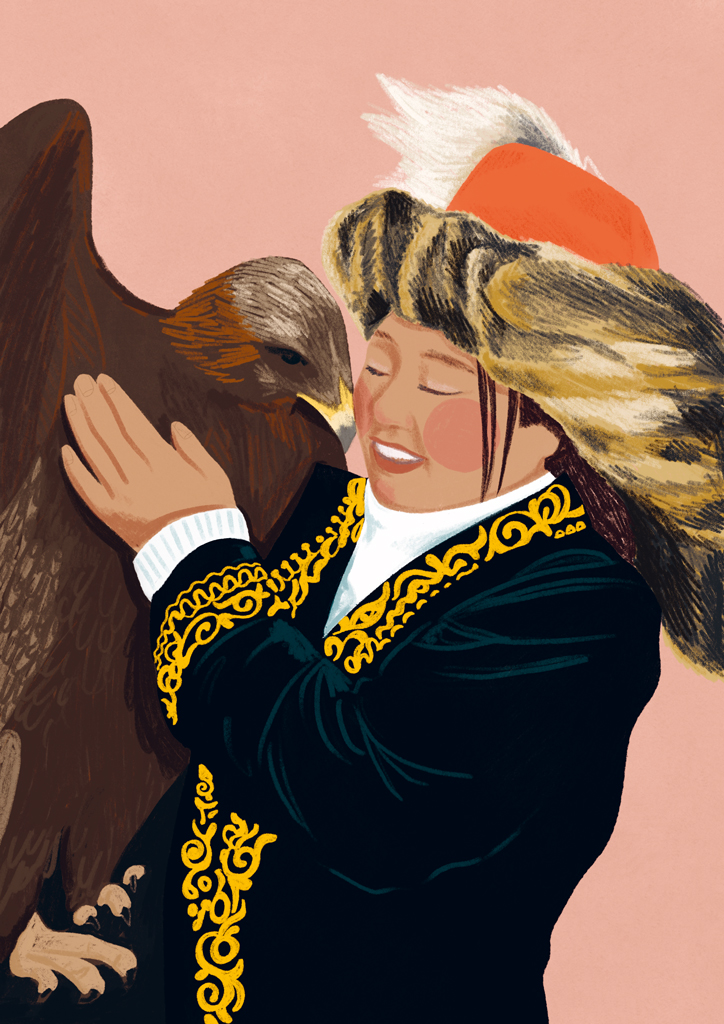
But in that documentary, Aisholpan is portrayed as being the first female eagle hunter. And that’s just not true. I found a great essay by the Stanford historian Adrienne Mayor. In it, she writes that women in Central Asia have been practicing as eagle hunters for thousands of years.
Aisholpan does have one amazing first under her belt. Last year, she became the first person in Mongolia to go ‘parahawking’. That’s the sport of paragliding and hunting with your eagle, all at the same time!
5. Their diversity is seriously impressive, but what unites these women?
Including women from around the world was definitely important to me, as was including women from across the ages. But no matter where these women are from, and no matter the era they’ve lived in, what binds them is their curiosity. What binds them is their openness to the world.
6. Why was it so important for the book to have such vibrant illustrations?
In The Guardian, journalist Jenny Uglow writes that words and pictures can ‘cast a combined spell’ on a reader. I think that’s true, especially among children.
Amy Blackwell’s illustrations really are amazing. I’m completely in awe of her, and her artwork has been vital in making these adventurers’ stories sing.
7. Which story do you think teaches girls living in today’s world the most important lesson?
I just spent a week camping in the Arizona desert while attending a writers’ workshop with Orion magazine, and on the first night I really wasn’t enjoying setting up my tent. It was so cold! And dark.
Then I remembered the words of the treetop scientist Nalini Nadkarni: ‘There isn’t a person on Earth who couldn’t use a connection with nature.’ And I remembered to look up at the night. I remembered to feel humble and glad to be outside.
Three-quarters of British children spend less time outside than prison inmates. Girls typically spend even less time outside than boys. And they’re encouraged to take fewer healthy risks — The Journal of Applied Developmental Psychology showed that parents warned their daughters about the dangers of going down a firehouse-style pole far more than when their sons attempted the same task.
If stories about women like Nalini Nadkarni can encourage readers to go outside, that can only be a good thing.
8. Do you have a favourite?
I love all these women, but since coming back from the desert I can’t stop thinking about the adventurer Robyn Davidson. When she was in her twenties, she crossed 1,700 miles of the Australian Outback from Alice Springs to the Indian Ocean. 1,700 miles!
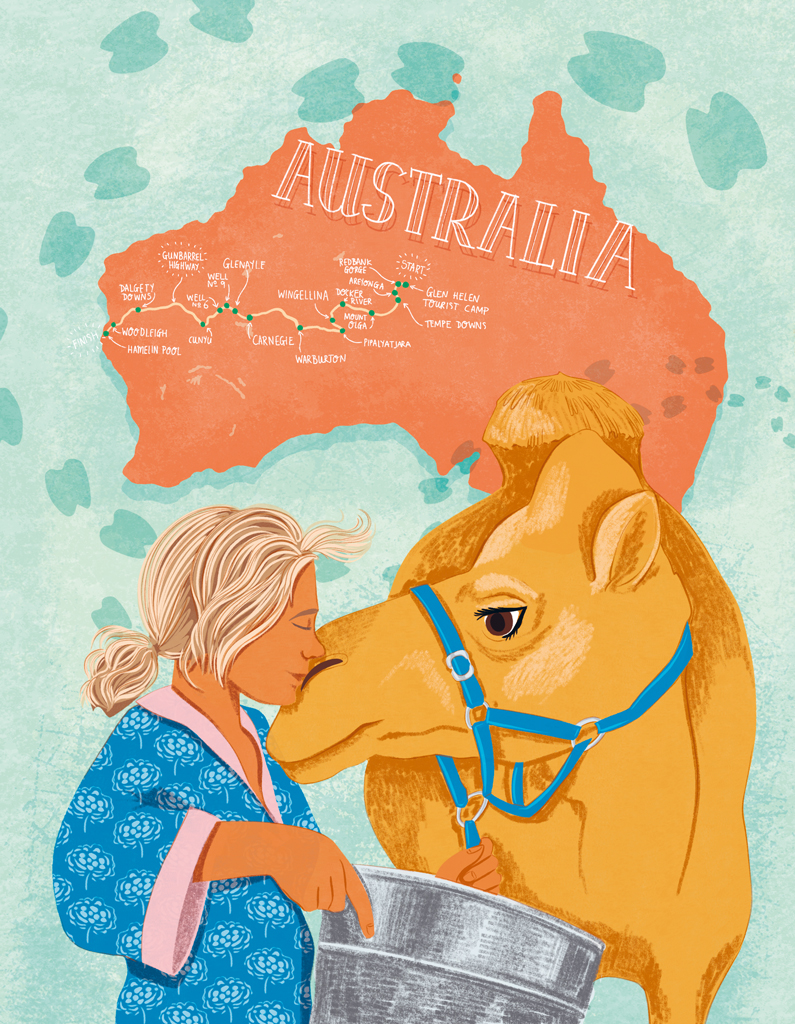
It was 1977, and walking 20-30 miles a day with her camels, Robyn endured torn feet and terrible heat. She also realised the desert is a living, varied, and incredibly beautiful place.
Robyn got to see skies the colour of rose quartz and sand dunes dunes fuzzed silver by the wind. And as she walked, she realised this truth: ‘You are as powerful and as strong as you allow yourself to be.’
That’s true for us all. You are as powerful and as strong as you allow yourself to be.
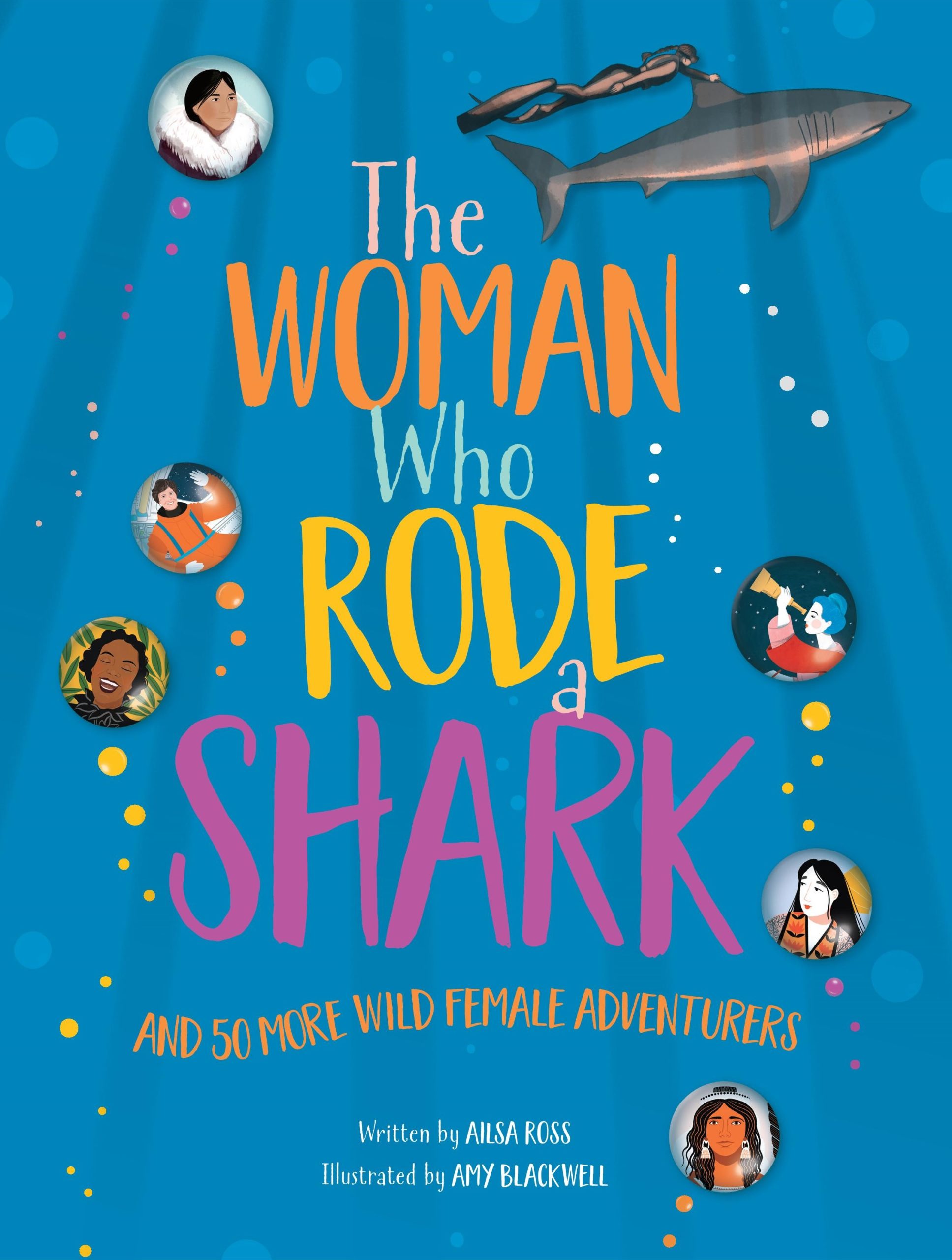
The Woman who Rode a Shark: And Fifty More Wild Female Adventurers by Ailsa Ross is published by AA publishing on 31stMarch.
READ MORE: ‘Me Time’ Activities to Celebrate Mother’s Day | Oakham School Sailing Superwoman | The Truth Behind the Triumph

